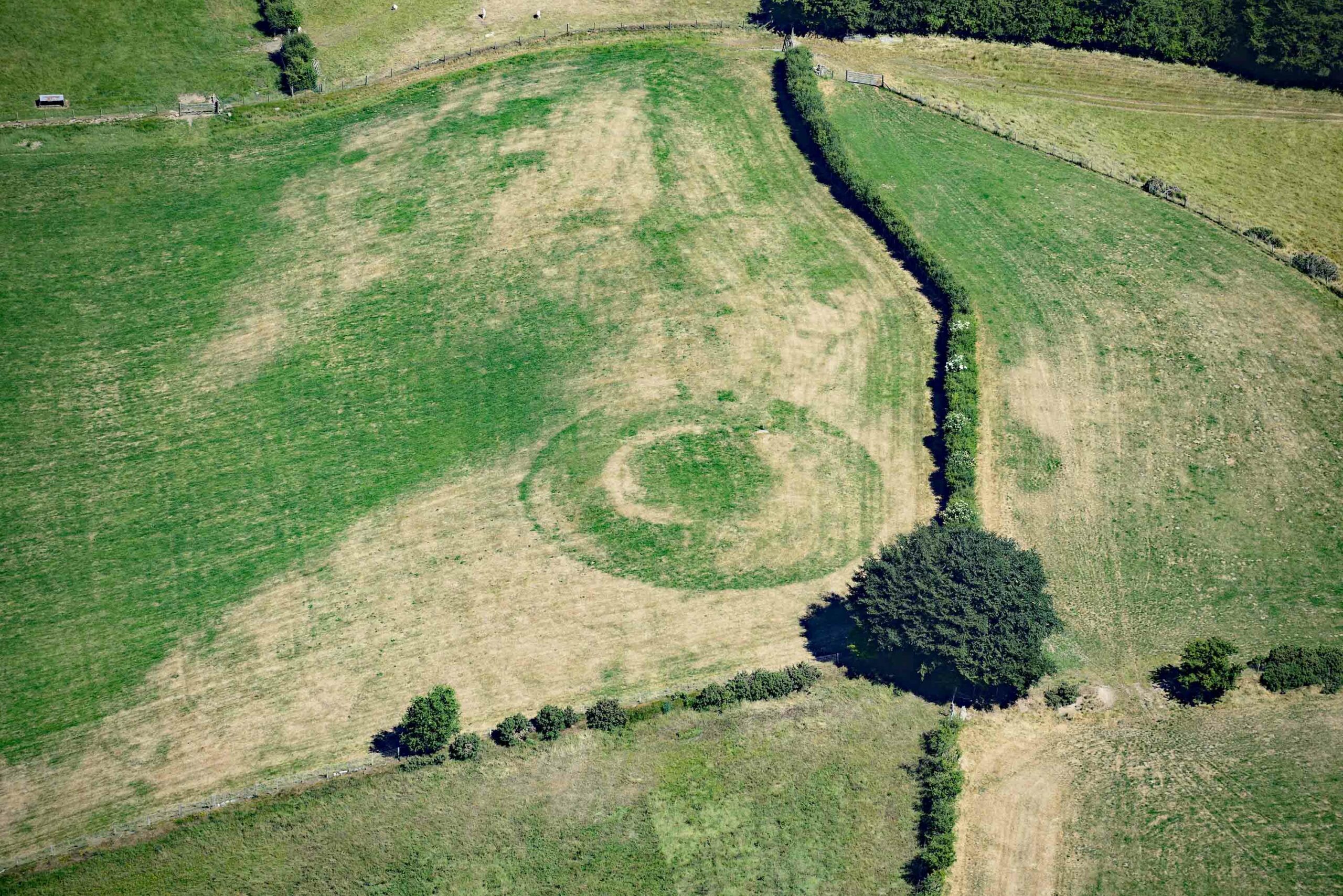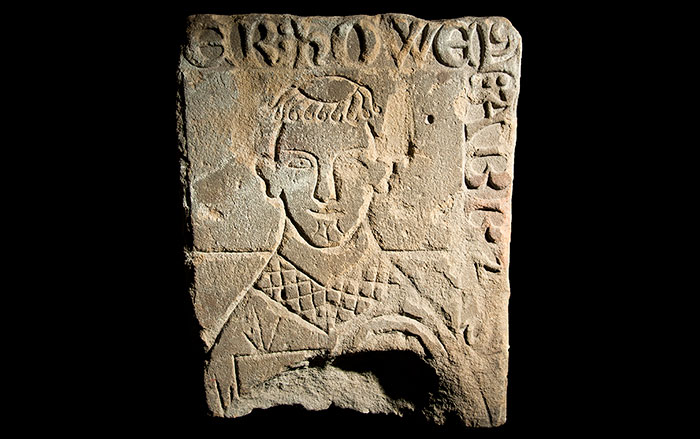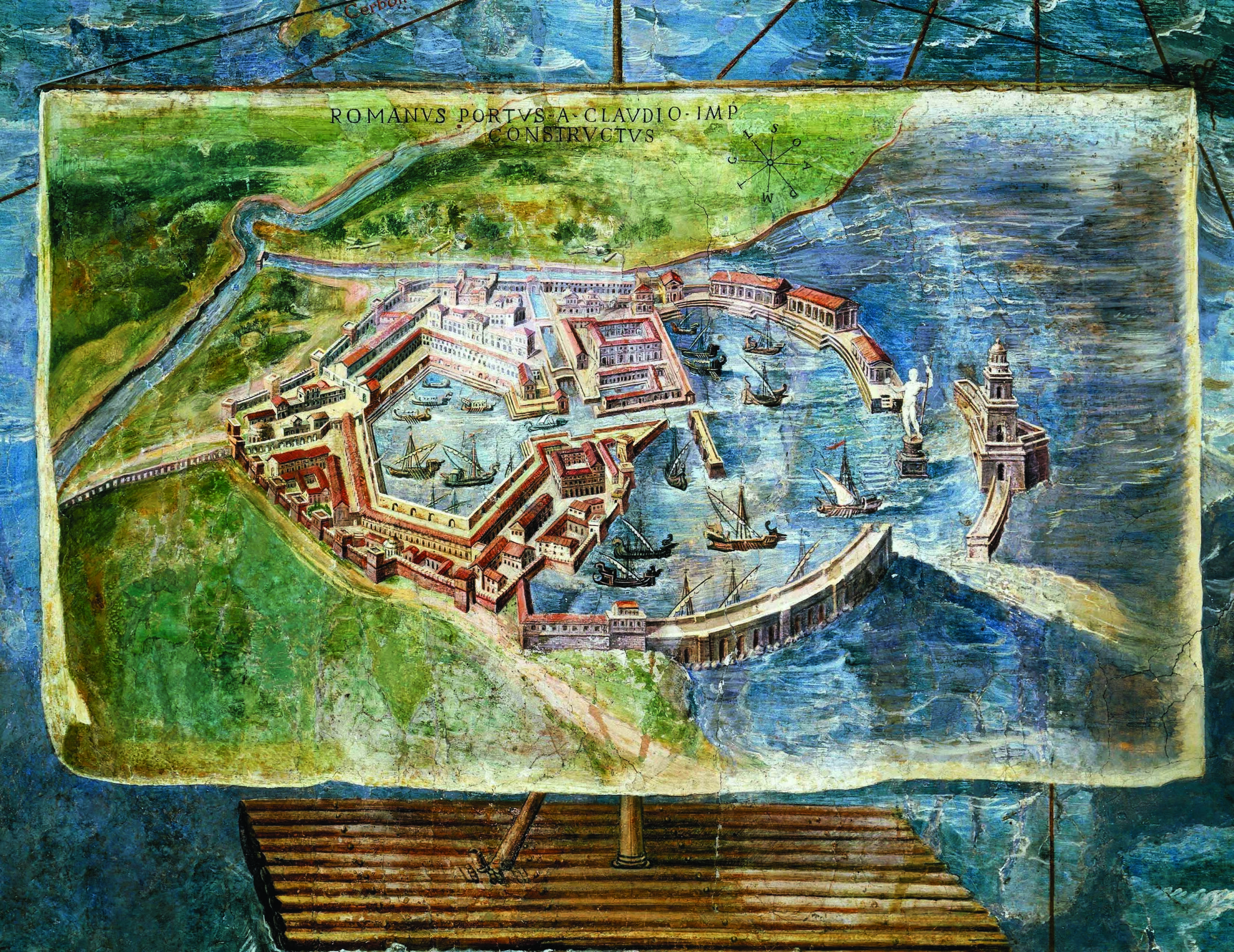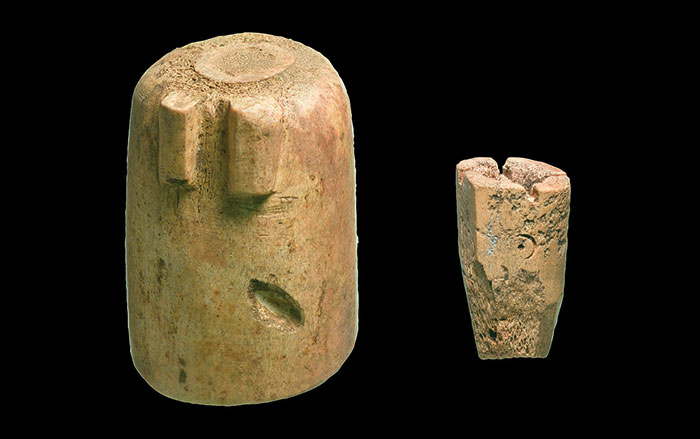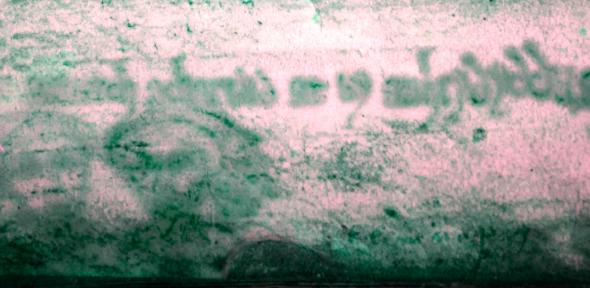
CAMBRIDGE, ENGLAND—New research and imaging work has discovered erasures in The Black Book of Carmarthen, the earliest surviving medieval manuscript written solely in Welsh. The book, which contains religious and secular poetry—including the earliest known poem about the adventures of Arthur, and two poems attributed to Merlin—dates to 1250. Myriah Williams and Paul Russell of the Department of Anglo-Saxon, Norse, and Celtic at the University of Cambridge used a combination of ultraviolet light and photo-editing software to examine the book’s 54 vellum pages. They found that additional verse, doodles, and marginalia, added to the manuscript as it changed hands, had been erased, perhaps in the sixteenth century by a man named Jaspar Gryffyth. “The margins of manuscripts often contain medieval and early modern reactions to the text, and these can cast light on what our ancestors thought about what they were reading. The Black Book was particularly heavily annotated before the end of the sixteenth century, and the recovery of erasure has much to tell us about what was already there and can change our understanding of it,” Williams said in a press release. For a look at an early Christian manuscript discovered in an Irish bog, see "The Faddan More Psalter."



